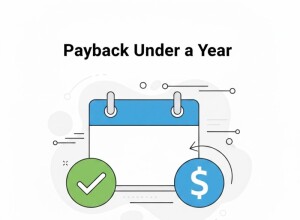Supervised vs. Unsupervised Learning
Machine Learning (ML) can be broadly categorized into two main types: Supervised Learning and Unsupervised Learning. Understanding the difference is key to choosing the right approach for a given problem.
Supervised Learning
In supervised learning, the model is trained on labeled data, meaning each input comes with a corresponding output or “label.” The goal is for the model to learn a mapping from inputs to outputs.
- Examples: Email spam detection, credit scoring, house price prediction.
- Algorithms: Linear regression, logistic regression, decision trees, support vector machines, neural networks.
Unsupervised Learning
Unsupervised learning works with unlabeled data. The model tries to identify patterns, groupings, or structures within the data without predefined outputs.
- Examples: Customer segmentation, anomaly detection, topic modeling.
- Algorithms: K-means clustering, hierarchical clustering, principal component analysis (PCA), autoencoders.
Key Differences
| Aspect | Supervised Learning | Unsupervised Learning |
|---|---|---|
| Data | Labeled | Unlabeled |
| Goal | Predict outcomes | Discover patterns |
| Examples | Spam detection, price prediction | Customer segmentation, anomaly detection |
| Algorithms | Regression, classification | Clustering, dimensionality reduction |
Learn More
Related articles:
Navigation
Continue exploring AI resources:







































